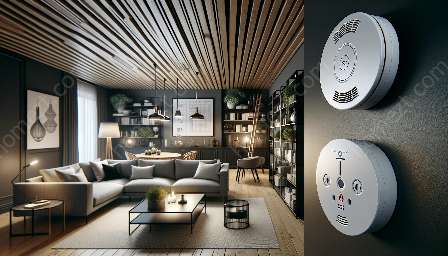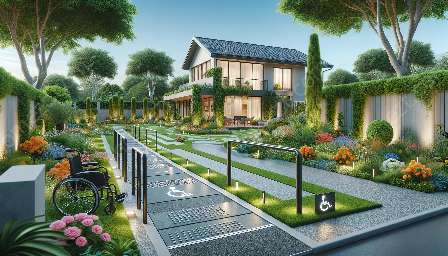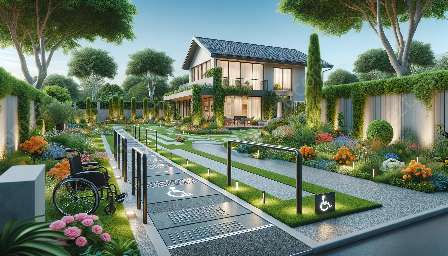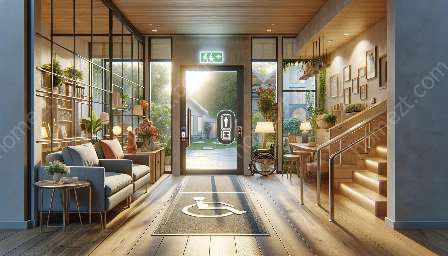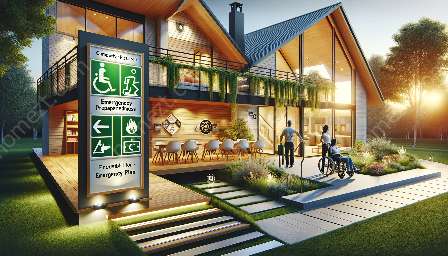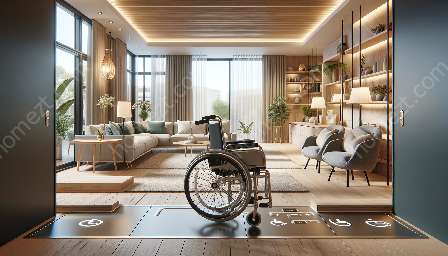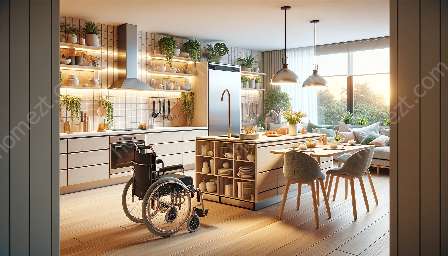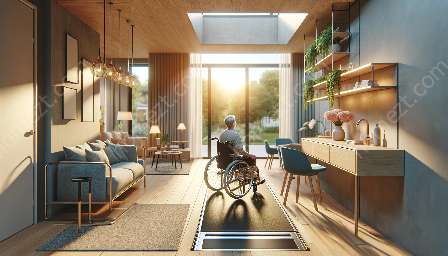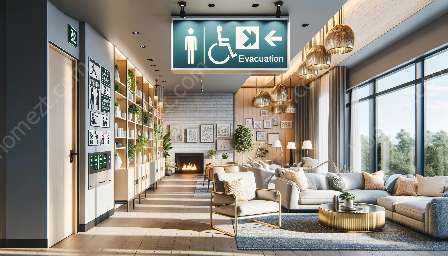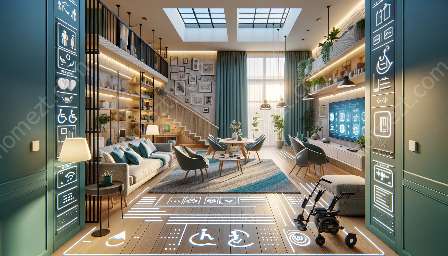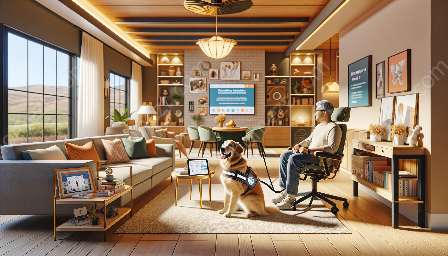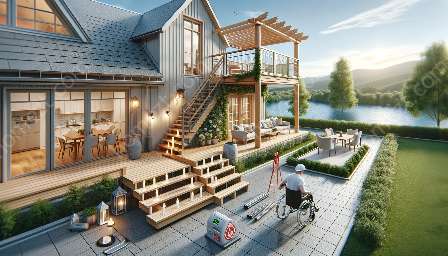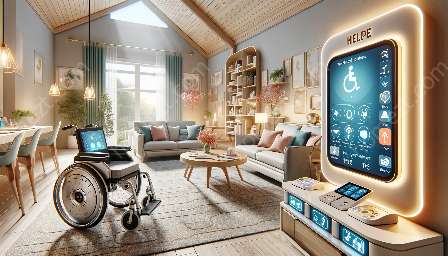Living with a disability requires careful consideration of home safety and security. This comprehensive guide provides essential information and practical tips for creating a safe and comfortable living environment for individuals with disabilities.
Understanding the Unique Challenges
People with disabilities often face unique challenges when it comes to home safety. Mobility limitations, sensory impairments, and other factors can make common household activities more hazardous. It's crucial to address these challenges and implement appropriate measures to ensure a secure living space.
Adapting Home Environments
Adapting the home environment is essential for enhancing safety for individuals with disabilities. This includes making modifications to the physical layout of the home, installing assistive devices, and utilizing adaptive technologies to address specific needs. From ramps and handrails to smart home solutions, there are numerous options available to improve accessibility and security.
Accessible Entryways
One of the primary concerns for individuals with disabilities is ensuring that entryways are accessible and safe. Installing ramps, widening doorways, and adding grab bars can significantly enhance entry and exit experiences. Additionally, proper lighting and non-slip surfaces should be incorporated to reduce the risk of falls and accidents.
Adaptive Equipment and Assistive Technologies
There is a wide range of adaptive equipment and assistive technologies designed to promote safety and independence for people with disabilities. From specialized bathroom fixtures to automated home monitoring systems, these innovations play a crucial role in mitigating potential hazards and empowering individuals to navigate their living space with confidence.
Fostering Independence and Autonomy
Safe and secure home environments contribute to greater independence and autonomy for individuals with disabilities. By creating an environment that accommodates their specific needs, it is possible to empower them to engage in daily activities with reduced risk and increased confidence.
Educating Caregivers and Family Members
Home safety for people with disabilities also involves educating caregivers and family members about the appropriate measures and support systems. Understanding how to assist individuals with disabilities in navigating the home environment safely is essential for overall well-being and peace of mind.
Conclusion
Ensuring home safety for people with disabilities is a multifaceted endeavor that requires careful planning, thoughtful modifications, and access to the right resources and technologies. By addressing the unique challenges and needs of individuals with disabilities, it is possible to create living spaces that promote safety, independence, and peace of mind.







